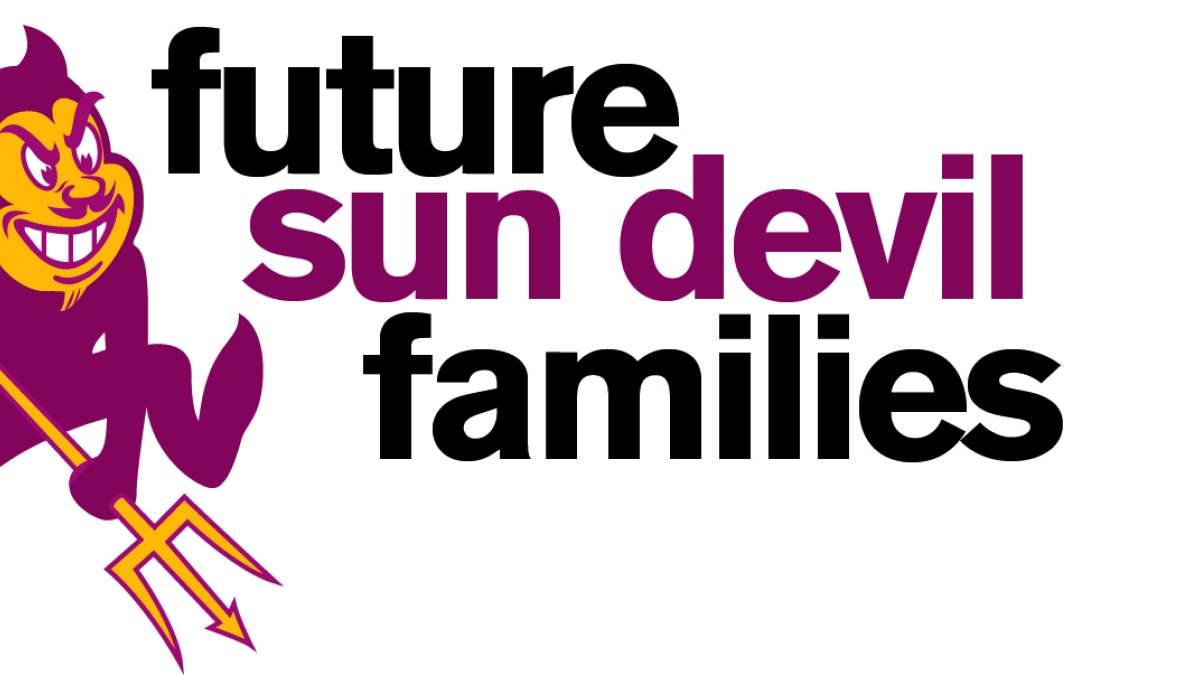Future Sun Devil Families program prepares high school students for college

Arizona State University is accepting registrations this month for students and families to participate in the Future Sun Devil Families program. The program guides students and parents through the college preparation process at no cost.
More than 350 Arizona students and their families participated in in the inaugural 9th grade program last year. Classes are taught at local high schools across the Phoenix area. The goal of ASU’s Future Sun Devil Families program is to arm more Arizona students and families with the knowledge they will need to enroll and succeed at a university.
During the five-week sessions, students and their families learn what high school classes are needed for university admission, good study techniques and success tips from current college students, how to create a college portfolio and how to apply for scholarships. Interactive activities guide students and families through the following topics:
• identifying themselves as a college-bound student
• how to make college affordable using scholarships and grants
• taking the right classes in high school to prepare for college
• understanding and equipping themselves for college entrance exams
• how and when to apply for college and for financial aid
• selecting a career path and corresponding college major
Participating schools and start dates
(classes are held from 6 to 8 p.m.)
Mesa Public Schools
Dobson High School – Sept. 2, 2014
Skyline High School, Sept. 2
Phoenix Union High School District
Alhambra High School, Oct. 14
Carl Hayden High School, Oct. 16
North High School, Oct. 16
Trevor G. Browne High School, Oct. 15
Tempe High School District
McClintock High School, Sept. 16
Marcos de Niza High School, Sept. 17
Tolleson Union High School District
Tolleson High School, spring 2015
Westview High School, spring 2015
La Joya High School, spring 2015
Copper Canyon High School, spring 2015
Sierra Linda High School, spring 2015
ASU Preparatory Academies
Polytechnic campus, Sept. 4
Downtown Phoenix campus, Sept. 2
During its first year, Future Sun Devil Families offered the curriculum to 9th grade students and their parents, with plans to add additional grades each year. This year, both 9th and 10th grade curriculum is being offered. Students and at least one parent or adult who supports their goal of acquiring a university education are encouraged to attend the workshops at local high schools.
“Future Sun Devil Families illustrates ASU and President Crow's vision to measure the success of our university not by who we exclude, but by who we include and how they succeed,” said Sylvia Symonds, assistant vice president of educational outreach at ASU.
Future Sun Devil Families workshops are taught in English and Spanish, take place during the academic year and are available at no cost to families. Workshops are designed to guide students and parents through the college preparation process in an interactive, co-learning environment.
For more information and to register, visit: asu.edu/futuresundevils.